There can be your advertisement
300x150
7 Unforgettable Architectural Landmarks of the Philippines
Photo by Kent Ogares on Unsplash
The architectural heritage of the Philippines dates back to the 13th century, when early settlers in Manila and surrounding areas built their homes from wood and bamboo—materials readily available on this island nation. Over the centuries, the country developed its own distinctive style of folk architecture, ranging from famous churches with Spanish influences to traditional Filipino homes such as the Bahay Kubo and Nipa Hut. Today, hundreds of architectural landmarks in the Philippines are worth visiting, whether you're an architect or simply someone who appreciates beautiful historical masterpieces.
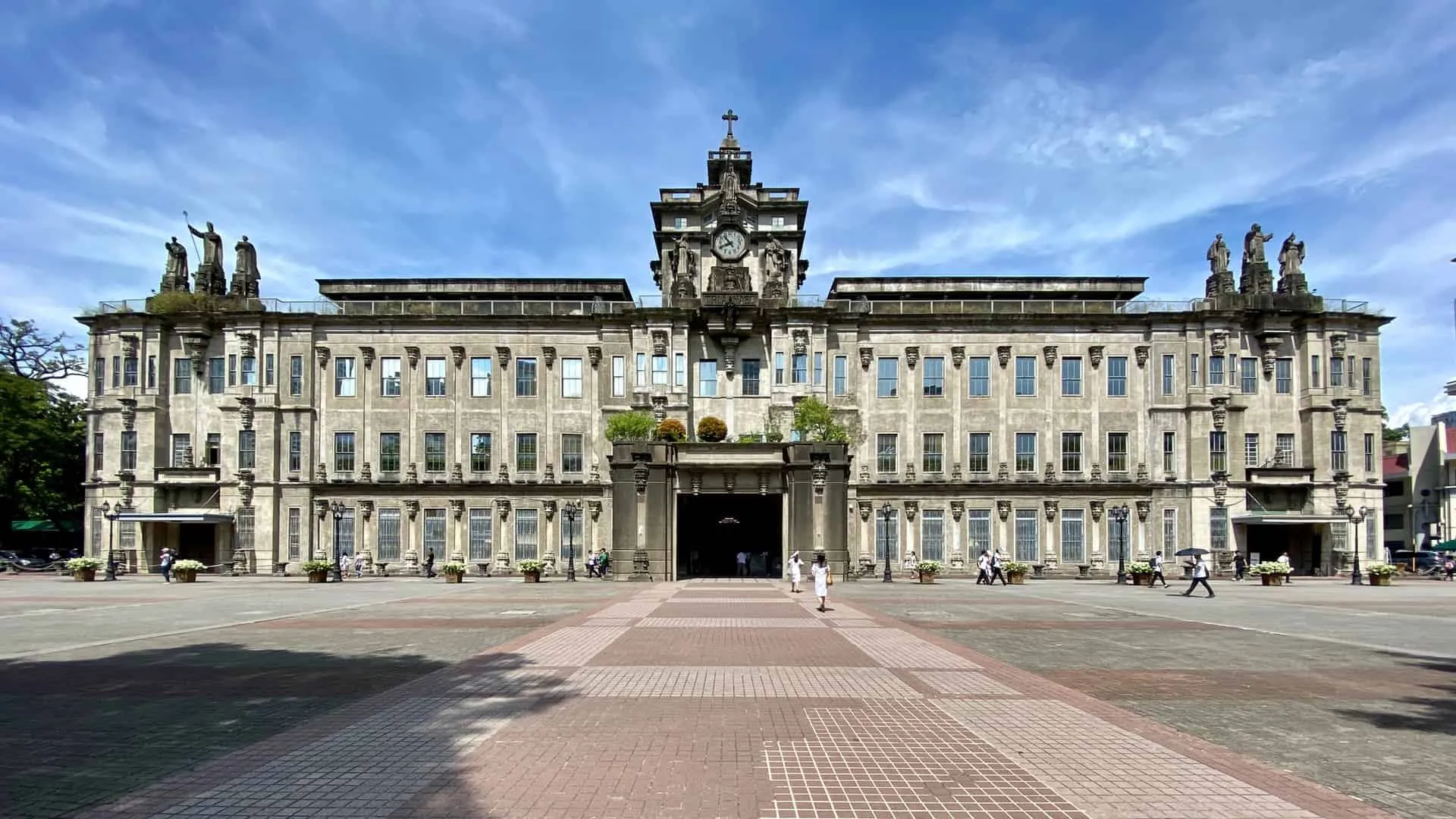
7 Unforgettable Architectural Landmarks of the Philippines
1. Manila Observatory
The Manila Observatory is a Jesuit research institute located in Manila. Founded in 1865, it is one of the oldest astronomical institutions in Asia. The observatory sits atop Mount Guadalupe, offering a breathtaking view of Metro Manila. Here, priest Felix de Zayas made the first observations of the Krakatoa eruption in 1883. Today, the observatory continues to conduct research in astronomy and seismology and is open for tours and events.
2. Church of San Sebastian
The Church of San Sebastian is one of the most beautiful churches in Asia. Built from red brick, it represents a Gothic Renaissance style. The church was constructed in 1891 and is a National Historical Landmark. It is also listed as a UNESCO World Heritage Site. The Church of San Sebastian should definitely be visited if you are in the Philippines.
3. Manila Main Post Office
The Manila Main Post Office is a beautiful building completed in 1926. Its exterior is made of white marble and features intricate details. The interior space is equally impressive, with a majestic staircase and high ceilings. The post office is definitely worth visiting while in Manila.
4. Governor's Palace (Palacio del Gobernador)
The Governor’s Palace is one of the most recognizable landmarks in the Philippines. The building was first constructed in 1571 as a residence for Spanish governors. Over time, it has served as a government institution and museum before being opened to tourists today. The Governor’s Palace is a must-visit for anyone interested in Philippine history or architecture.
5. Philippine Cultural Center Complex
The Philippine Cultural Center Complex is a large architectural complex located in Manila. The center includes several theaters and concert halls, a museum, and a library. The complex was designed by Filipino architect Leandro V. Locsin and completed in 1969. The center also houses the Museum of Philippine Art, which features exhibitions on Filipino culture and history. The complex is a popular tourist destination and one of the most recognizable architectural landmarks in the Philippines.
6. Bahay na Bato (Chinese House)
Bahay na Bato is a two-story house built by Chinese-Filipino immigrants at the beginning of the 20th century. It is one of the few surviving examples of Chinese-Filipino architecture and now serves as a museum dedicated to the history of Chinese-Filipinos. Park Pao was once a cemetery for Spanish soldiers and priests, but it is now a beautiful recreational park popular with both locals and tourists. The park features a concert stage, fountains, and many green spaces for relaxation.
7. Provincial Capitol Building of Batanes
The Provincial Capitol Building of Batanes is one of the most recognizable landmarks in the Philippines. Completed in 1945, it represents an excellent example of Spanish colonial architecture. Located in the town of Basco on Batan Island, the building features a central courtyard and two porticos. The eastern wing houses the governor's office and other officials, while the western wing contains the legislative chamber. The Provincial Capitol Building of Batanes is a National Historical Landmark and is definitely worth visiting for anyone interested in Philippine history or architecture.
More articles:
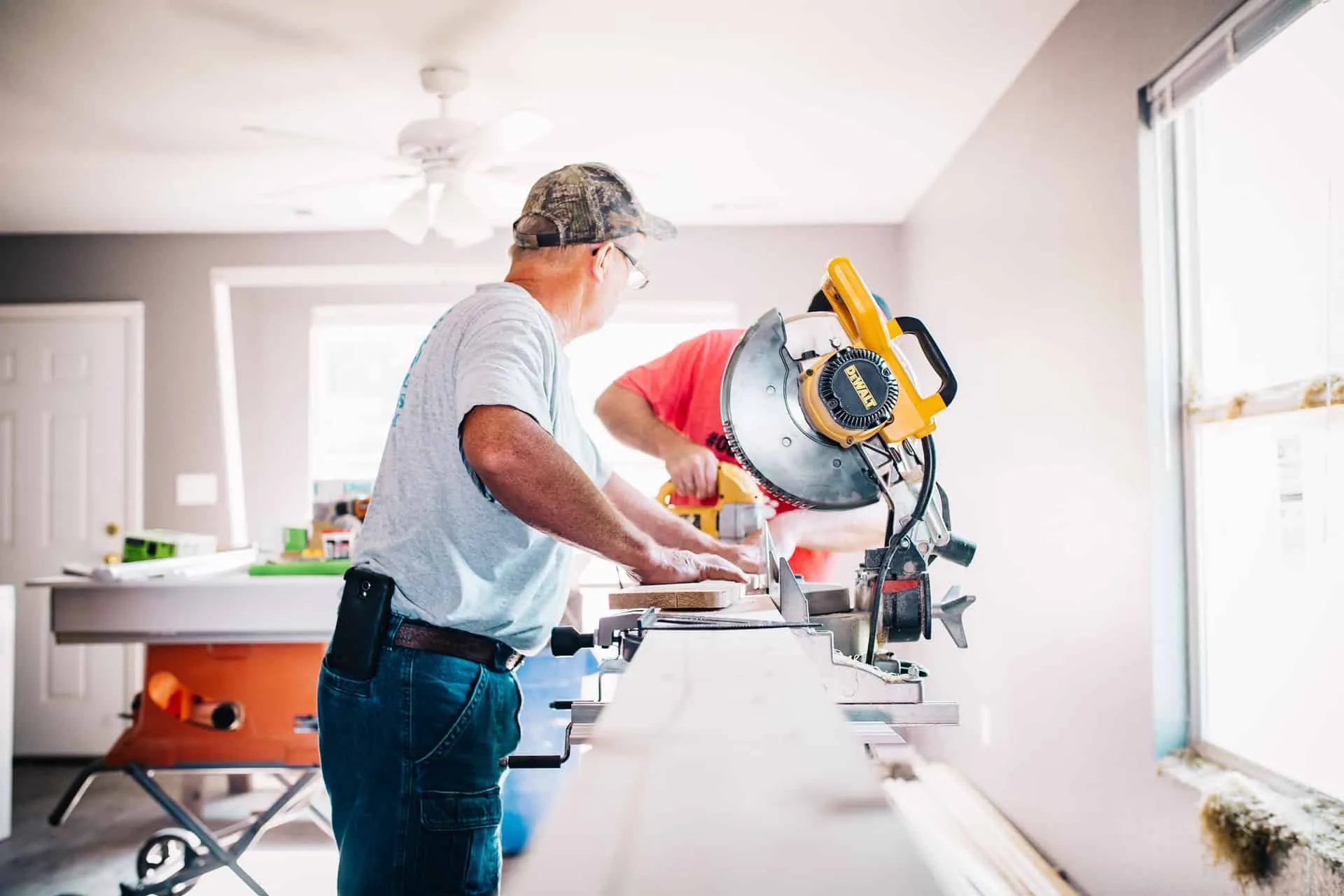 6 Things You Need If You Want to Make Your Own Furniture
6 Things You Need If You Want to Make Your Own Furniture 6 Tips for Safe Waste Disposal After Cleaning
6 Tips for Safe Waste Disposal After Cleaning 6 Tips for Creating a Functional Office
6 Tips for Creating a Functional Office 6 Tips for Creating and Maintaining Abundance in Your Home Garden
6 Tips for Creating and Maintaining Abundance in Your Home Garden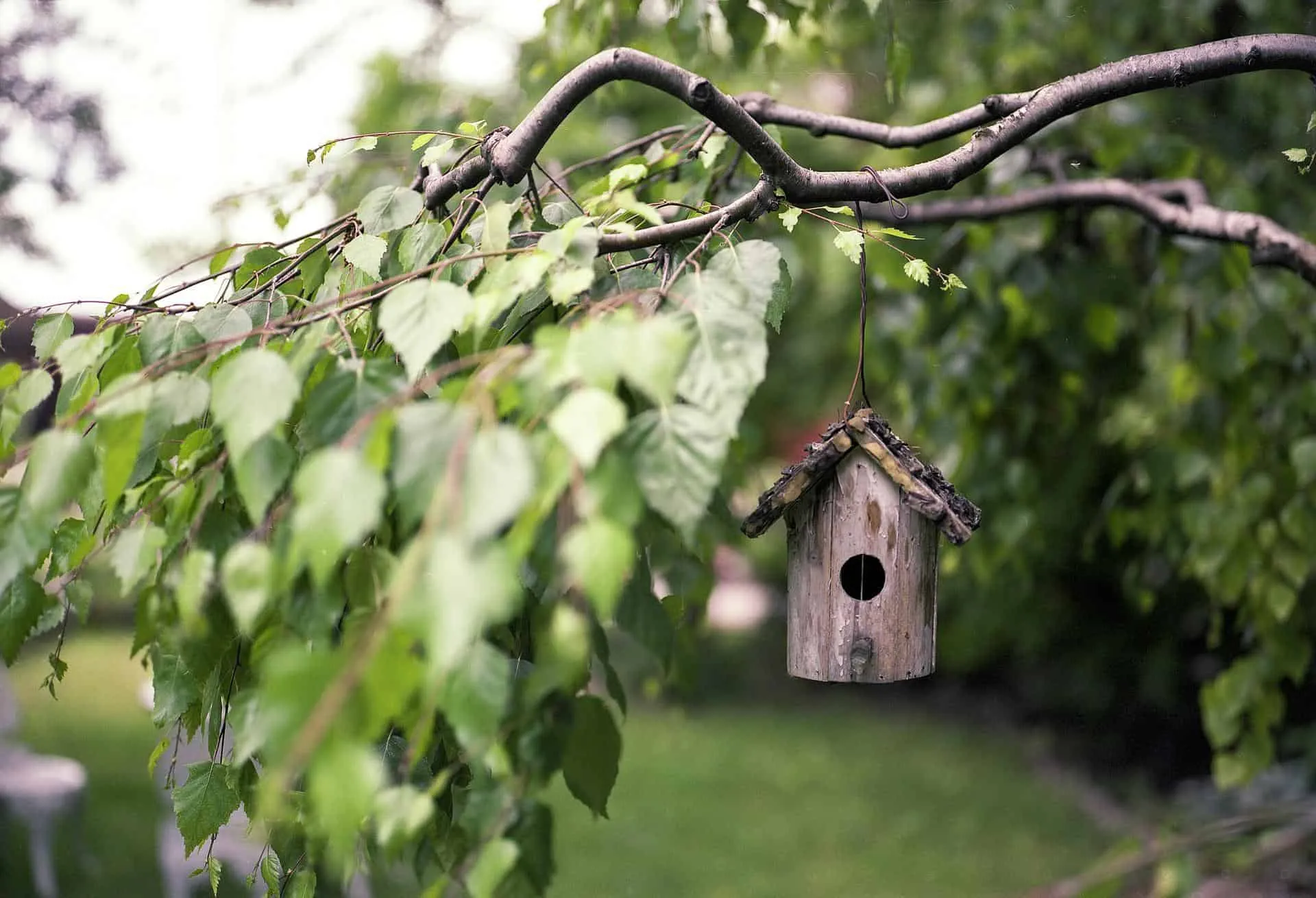 6 Tips for Creating a Cozy Outdoor Space
6 Tips for Creating a Cozy Outdoor Space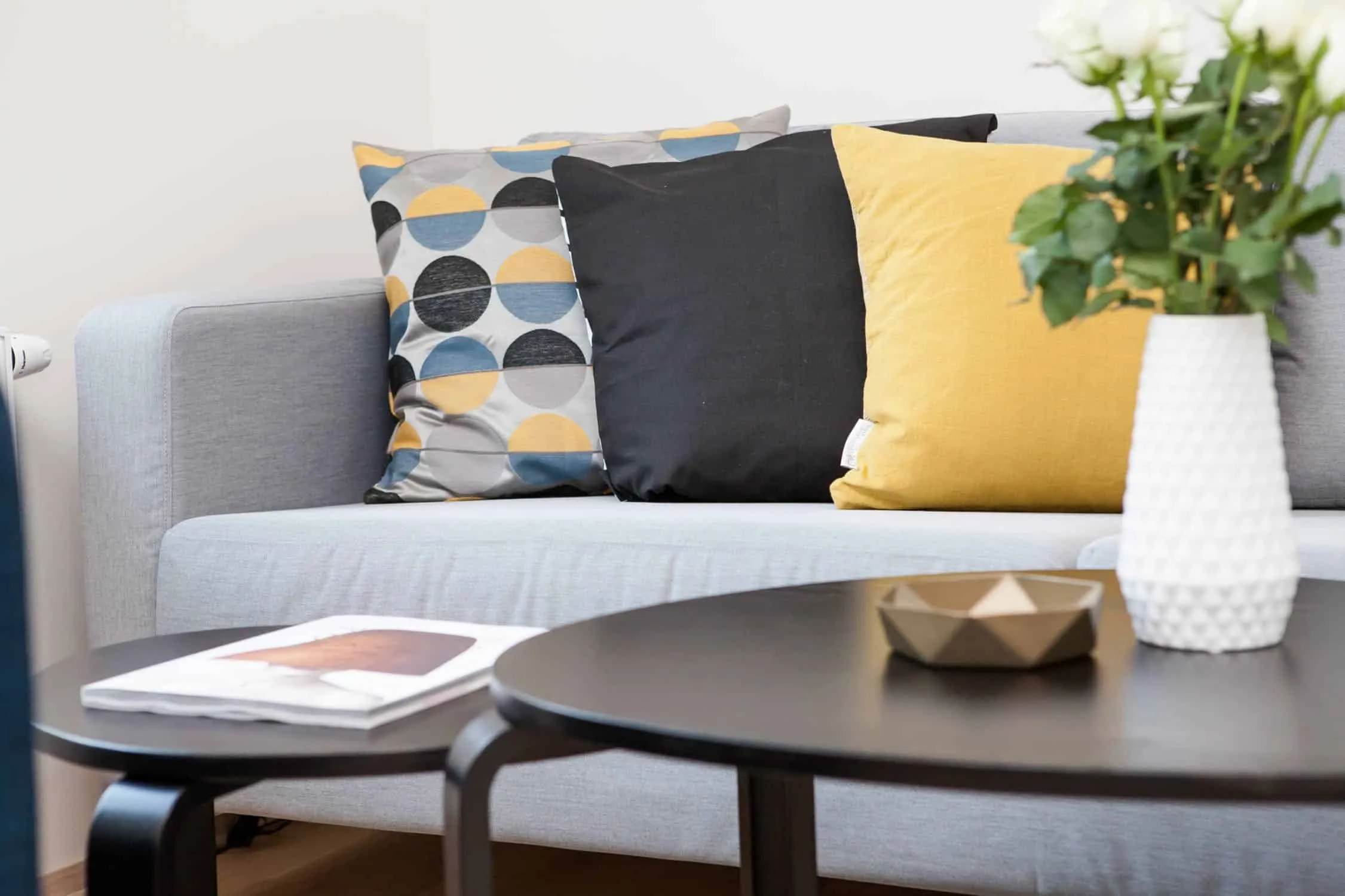 6 Tips for Improving Interior Design
6 Tips for Improving Interior Design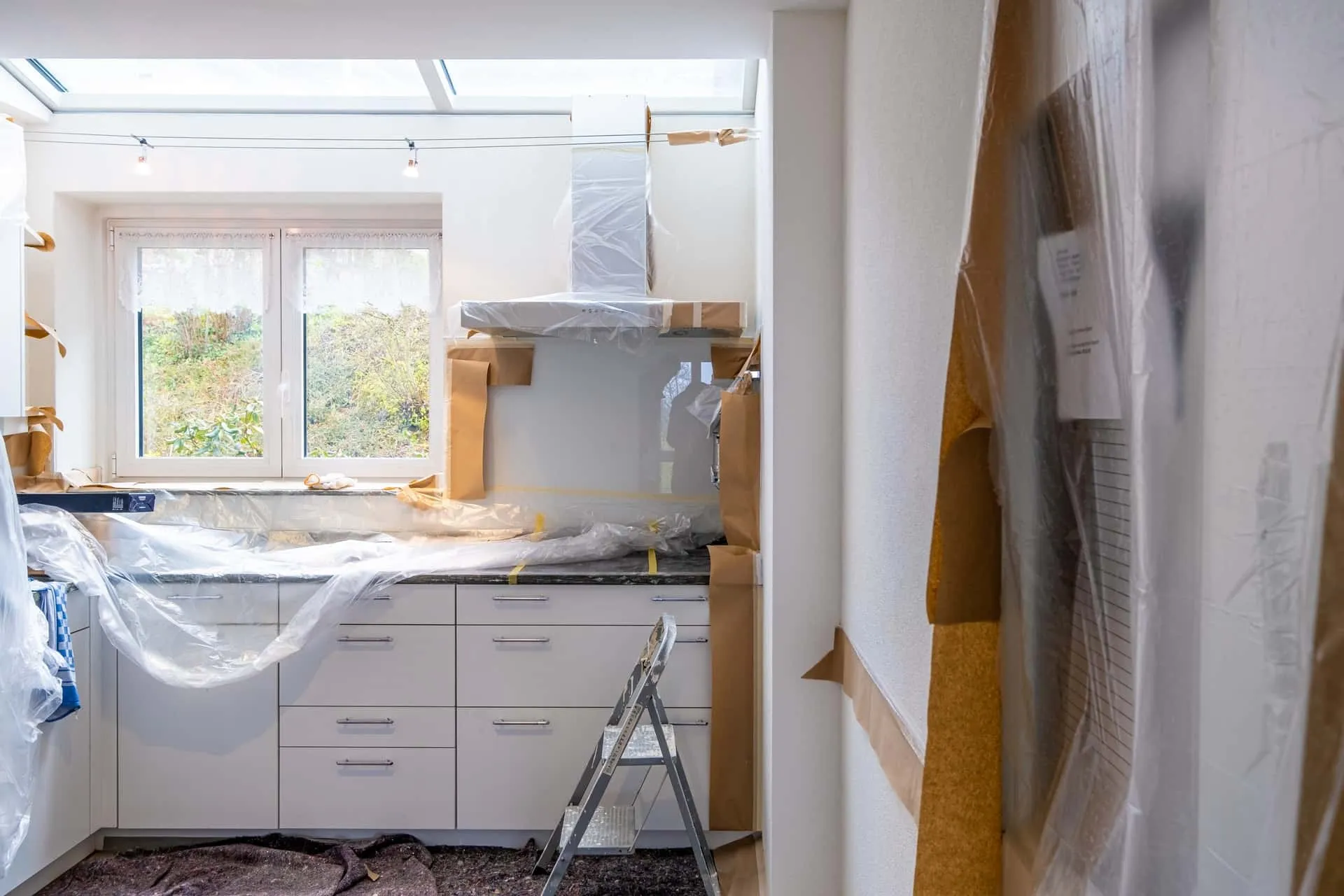 6 Tips to Remember When Renovating Your Home
6 Tips to Remember When Renovating Your Home 6 Tips for Creating a Cool Home
6 Tips for Creating a Cool Home